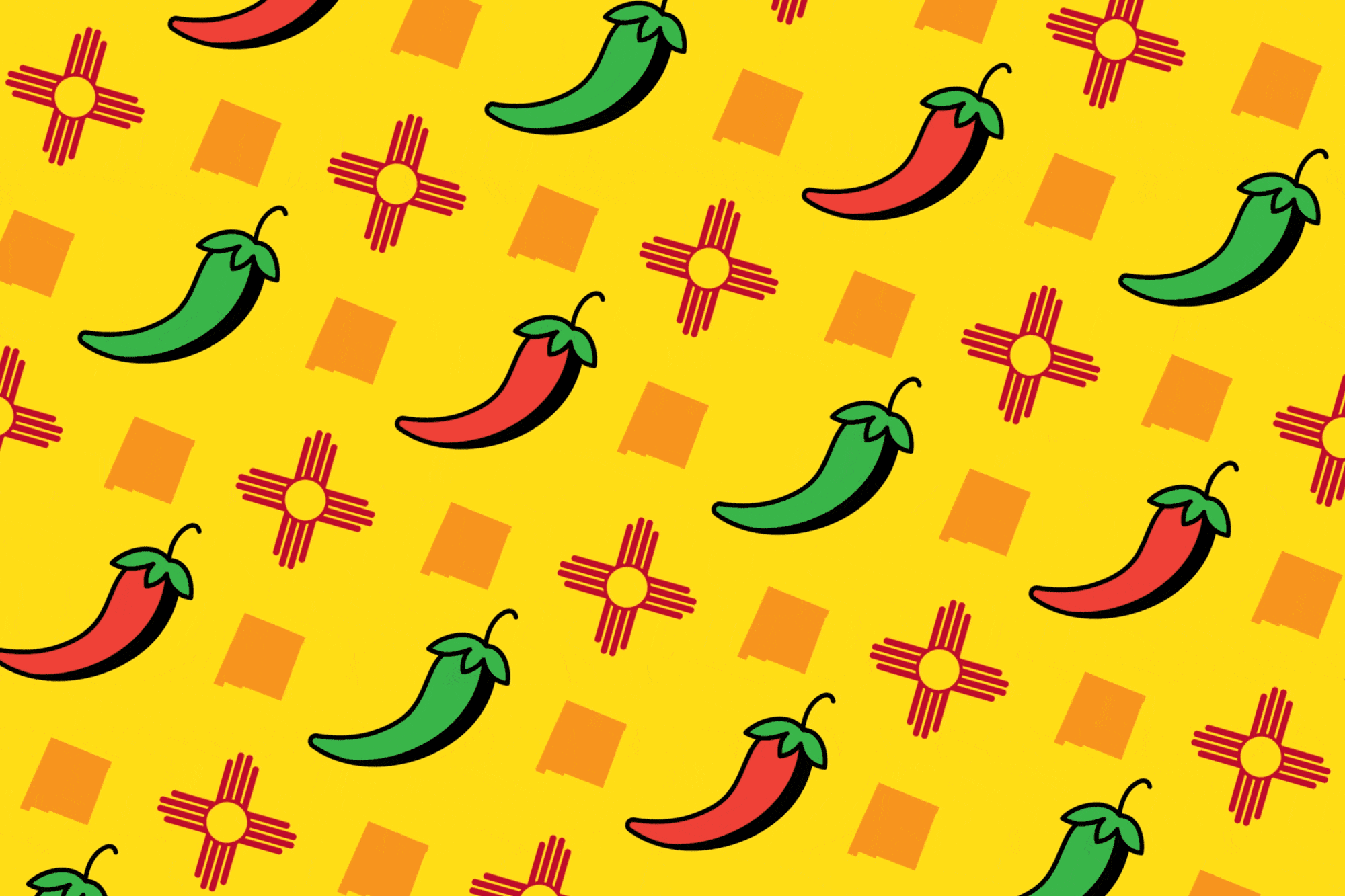Cattle Country Thrown for Loop
- Share via
NUTT, N.M. — At a time when Western ranchers feel their lifestyle and livelihood are increasingly imperiled, Jim Winder offers hope. He preaches that in order for ranching to be saved, it must be changed.
Here in the chapped landscape of southwestern New Mexico, that message could not be more subversive. In the hidebound ranching culture, where tradition is sacred, change is a fighting word.
Winder--a fourth-generation rancher, a university-trained economist and a card-carrying member of the Sierra Club--has developed a new concept of ranching for the 21st century that includes eco-tourism, wildlife research, a no-kill policy on coyotes, promotion of biodiversity and newfangled range management ideas cribbed straight out of environmentalists’ notebooks. He calls it the New Ranch.
Winder’s neighbors call it heresy.
Ranchers here believe that consorting with environmentalists is tantamount to treason. And, while the concept has gained a surprising foothold among some ranchers around the West, Winder and his ideas are singularly unpopular in the region where he grew up.
“I catch hell around here,” Winder said, laughing. “If God came down and put his hand on my head and said, ‘This is the guy,’ they are [still] not going to buy it.”
Ranchers and conservationists have never been fast friends.
“My board of directors doesn’t think highly of dancing with the devil,” said Eric Ness, communications director of the New Mexico Farm Bureau, which represents about 60,000 ranchers and farmers in the state. “We don’t want to sit down with the enemy and people who threaten us. Why should we compromise with environmentalists when they don’t compromise with us? They are out to do us in.”
Indeed, modern ranchers are faced with a variety of difficult issues that did not trouble their forebears: increasing competition for water, the ever-present lure of selling private land for development and the static price of beef.
But at the core is the age-old dispute about overgrazing and destruction of the the range. Increasingly, ranchers are called upon to justify their use of public land, mostly operated by the Bureau of Land Management. In a handful of hot spots in the West, grazing permits are being revoked and allotments reduced.
Winder and others reason that if they take it upon themselves to protect the land, they will be able to continue to use it for grazing--and keep their ranches.
“I may be too blunt to communicate the message sometimes,” said Winder. “If I’m wrong, then I’m out of business. Pretty simple. But that’s not the case. I’m growing and they are selling out to developers.”
For the Benefit of the Land
In this valley at the dusty intersection of the Gila and Chiricahua deserts, dozens of ranches spread across private and federal land.
Winder, 41, runs 1,300 head of cattle on 125,000 acres and a bumpy ride across his three ranches offers an illustration of his conservation ideas in action. He joined the Sierra Club in 1989 to determine if he could continue to make a living at ranching by trying new ideas.
He began to rethink grazing techniques as he watched his cattle plant themselves in pastures and overgraze until they killed the grass.
“Cows are nothing more than lawn mowers,” he said. “Most grazing is done for the benefit of the cow. We’re contrary. We do it for the benefit of the land.”
Winder and his ranch managers constructed a computerized map of his grazing land and divided it into scores of smaller parcels.
Now, he controls the movement of small herds, moving them often and allowing the plants to recover.
Most ranchers are reluctant to move cattle--it stresses the animals and causes them to lose weight and it costs money to hire hands to move them. Winder’s program calls for short hauls and small herds that can be easily handled by one cowboy and a dog.
Winder also keeps track of growing and dormant seasons and allows his animals only to feed on pastures where plants are dormant.
The resultant healthy pastureland allows Winder to graze more cattle per acre.
If cattle are voracious and indiscriminate grazers, they are also world-class tramplers. Western cattlemen have long been criticized for allowing cattle to ramble freely through streams and riverbeds. These delicate riparian habitats can be devastated by herds crushing young plants, fouling the water and collapsing banks.
Winder changed his habits after noticing one summer that when he kept his herd out of a particular riparian area, cottonwood trees sprouted a few months later.
He began thinking: eco-tourism.
“I don’t need to run my cattle in this stream, and when I don’t the trees grow. That creates a bird habitat. People will pay me to come out here and watch those birds,” said Winder.
He’s converted a former bunkhouse into an overnight way station for bird watchers and is already taking in guests.
Vision Required to Keep Ranches
That’s the economic reasoning he employed when he reintroduced black-tailed prairie dogs to a section of his ranch last month. Ranchers have traditionally killed prairie dogs because they believe cattle and horses may be injured stepping into their holes. Winder is betting that scientists will pay him for the opportunity to observe his prairie dog colony.
“We have got to have a vision or we won’t be keeping these ranches,” Winder said. “I see a blending of values. There are places that should be for ranching only, other places for conservation only and others for recreation. We’ve got to start putting this all together.”
In 1997 Winder joined with two environmentalists and created the Quivira Coalition, attempting to apply common-sense solutions to conflicts between ranchers and conservationists.
The group--the only one of its kind in the region--has about 600 members drawn equally from ranchers, environmentalists and public land managers. It sponsors New Ranch workshops to show ranchers that conservation practices can be profitable and to persuade environmentalists that ranchers can be good stewards of the land.
Still, Winder’s ideas are a hard sell for many. The ranch policy that gets Winder in the most hot water around here is his no-kill policy for predators.
Unlike virtually all ranchers in New Mexico, Winder does not shoot coyotes or cougars or any animal on his ranch. That has been his policy for 15 years and in that time he says he’s lost only two calves to coyotes.
He’s careful to keep his young calves away from cougar denning areas and maintains herds that are large enough to discourage coyotes. To Winder, it’s less innovation than simple horse sense.
“Ranchers shoot jack rabbits and then wonder why they have coyote problems in their herds,” he said, noting that the scavengers would likely be content to dine on easily hunted rabbits rather than taking on larger, harder-to-kill stock animals.
The flak he gets for that is nothing compared to the violent reaction he’s received for his support of the reintroduction of the Mexican wolf, the West’s most feared predator.
This summer, Winder added 200 square miles of his property to the Blue Range Wolf Recovery Area. He’s working with the group Defenders of Wildlife to allow a young male wolf fitted with a radio collar to establish territory on his land.
“It’s a program nobody wants, it’s a program that is a total failure,” said Ness of the Farm Bureau. “Predators in this state are horrific. They are killing house pets and threatening people.”
Typically, Winder has a different point of view.
“We ranchers know three things: things that are good for cows, things that are bad for cows and things we are not sure of,” he said, ticking the points off on his calloused fingers.
“We keep the things that are good, kill the things that are bad and we kill the things we are not sure of, just in case.”
Winder can’t help believing that if his fellow ranchers would only listen, he would convince them of the rightness of his cause and keep everyone in business.
“Ranchers and environmentalists are not going to join hands and skip down the lane,” he said, squinting through the windshield of his pickup.
“But I don’t see any other way to survive. It’s all going to developers now. We ranchers used to think, ‘One of these days we are going to be pushed out by developers.’ Well, today’s the day.”
More to Read
Sign up for Essential California
The most important California stories and recommendations in your inbox every morning.
You may occasionally receive promotional content from the Los Angeles Times.











